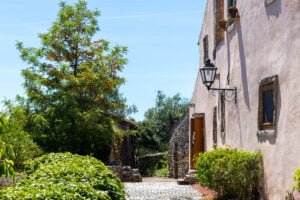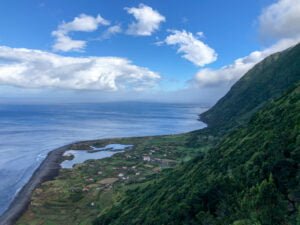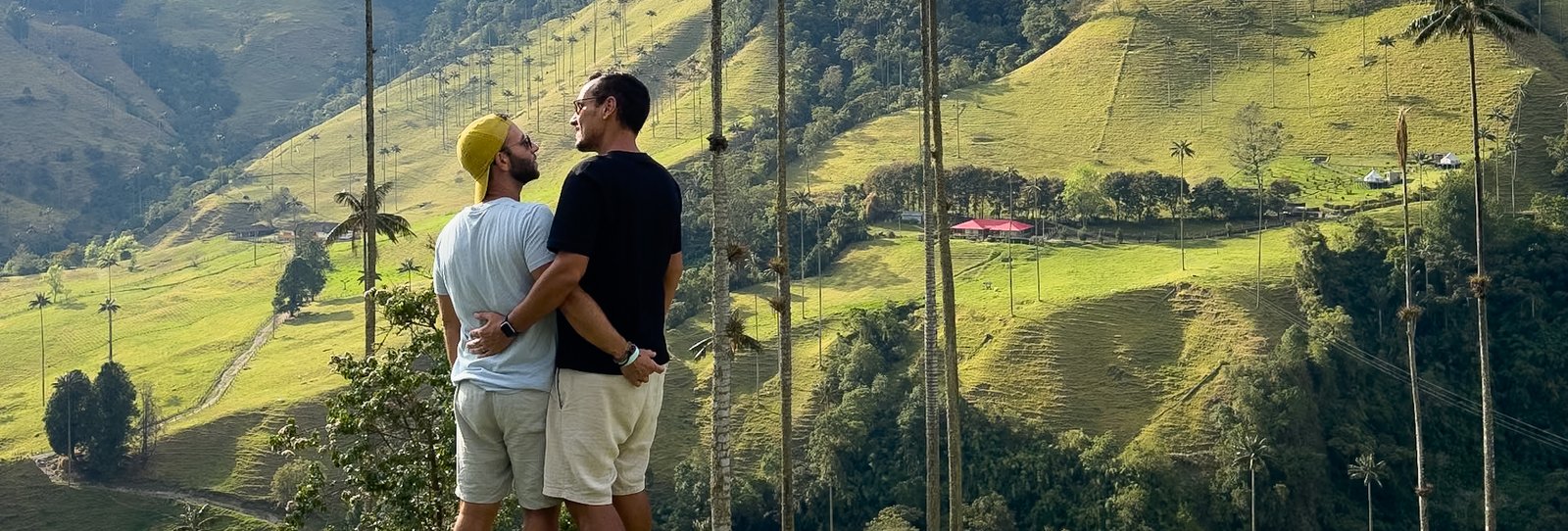We took this road trip in Argentina in early 2020, during our first trip around the world. We were traveling through Argentina and really wanted to explore the northern part of the country—that deeper, less touristy Argentina where traditions still live in daily life and the landscapes seem like they’re from another planet. From the beginning, we knew this region deserved to be explored by car: the distances are vast, public transport doesn’t always reach where we wanted to go, and above all, we wanted to stop wherever we felt like it.
What we found exceeded all expectations. We can honestly say it was one of the countries that surprised us the most in a positive way during that trip. This part of Argentina has a quiet strength, with its own colors and scents, where every turn in the road brings a new surprise. From vineyards surrounded by mountains to valleys with giant cacti, we saw landscapes we’ll never forget.
What makes this road trip in Argentina special
There’s something magical about this route. The diversity of landscapes is absurd: in the morning, you’re in a lush valley; in the afternoon, you’re crossing an arid plateau full of cacti; and by the end of the day, you’re surrounded by colorful mountains. At some point, we stopped trying to photograph everything—we knew no image could do justice to what we were experiencing.
We felt that after every turn, there was something even more exciting to see. We could have spent weeks there exploring every village, every trail, every viewpoint. We vividly remember the moment we saw alpacas roaming freely—we didn’t expect it. We were alone on the road, with no cars in sight, and there they were, grazing as if nothing was out of the ordinary.
Beyond the landscapes, this area has a rare authenticity. The people are friendly, speak calmly, and live at the rhythm of nature. And then there’s the food: homemade empanadas, properly grilled meat, regional sweets… and, of course, the wines. In Cafayate, we did some tastings and were impressed by the high-altitude wines—light, fresh, and with their own identity.
Safety and driving
Before we left, we also had doubts: Is it safe to travel by car in this area? The quick answer is yes. We never felt unsafe at any point. The roads were generally in good condition, even the unpaved ones. We followed one rule: never drive at night. There’s no lighting on the roads, and animals frequently cross, so we found it safer to always stop by late afternoon. To make it easier, we always stayed in the center of towns—that way, it was easy to have dinner and walk around.
Driving is straightforward, but you need to pay attention to the altitude. In some stretches, especially between Salta and Cachi or near Purmamarca, we reached altitudes above 3,000 meters. There were moments when we felt really tired, with some shortness of breath, which is normal at high altitudes. If you have doubts or health conditions that might be affected, it’s best to consult your travel doctor before going. We took it easy, drank plenty of water, and avoided strenuous efforts—and everything went well.
Unmissable scenic roads
If there’s one thing this road trip in Argentina doesn’t lack, it’s jaw-dropping roads. Some of them are already famous, others are hidden gems that caught us completely off guard. But they all have one thing in common: they’re part of those journeys where the path is as memorable as the destination.
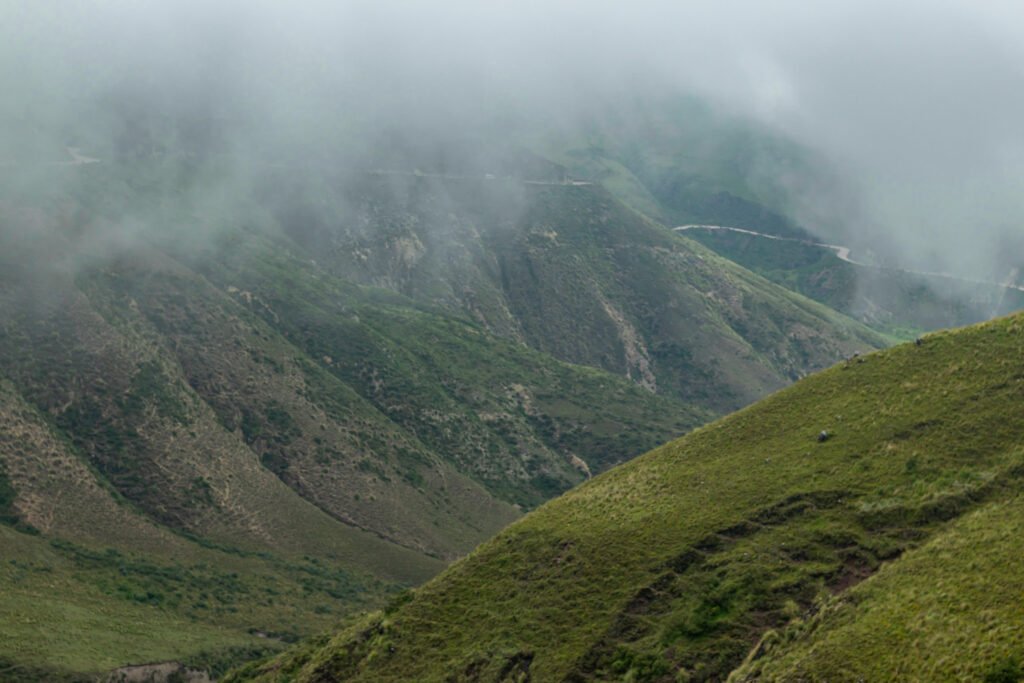
The Cuesta del Obispo, which we traveled along Ruta Nacional 33, is one of the most impressive climbs we’ve ever done. The curves wind through valleys until opening up to an almost surreal plateau: Los Cardones National Park. There, we entered a scene that seemed like another planet—a straight, endless road surrounded by giant cacti as far as the eye could see. It’s impossible not to stop several times to take photos, take a deep breath, and feel the absolute silence.
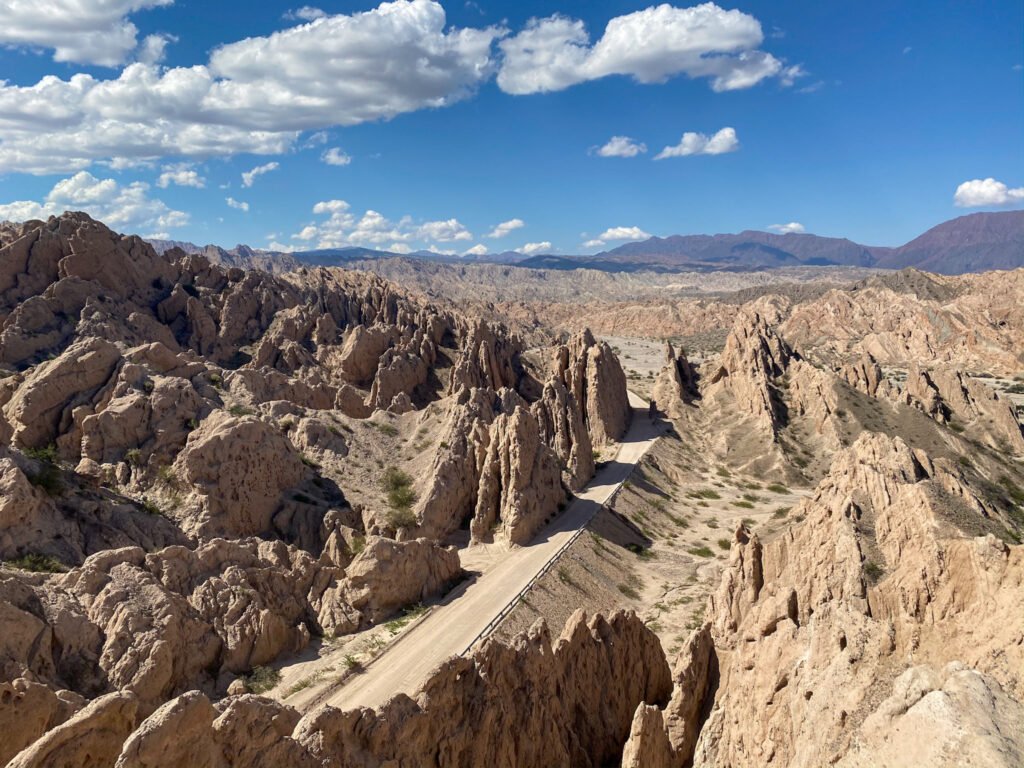
On the route between Cachi and Cafayate, we followed Ruta Nacional 40, crossing the Quebrada de las Flechas—a gorge with spectacular rock formations that made us slow down the pace of the trip. The spear-shaped rocks (hence the name) and the golden light of late afternoon created one of the most magical moments of the road trip in Argentina.
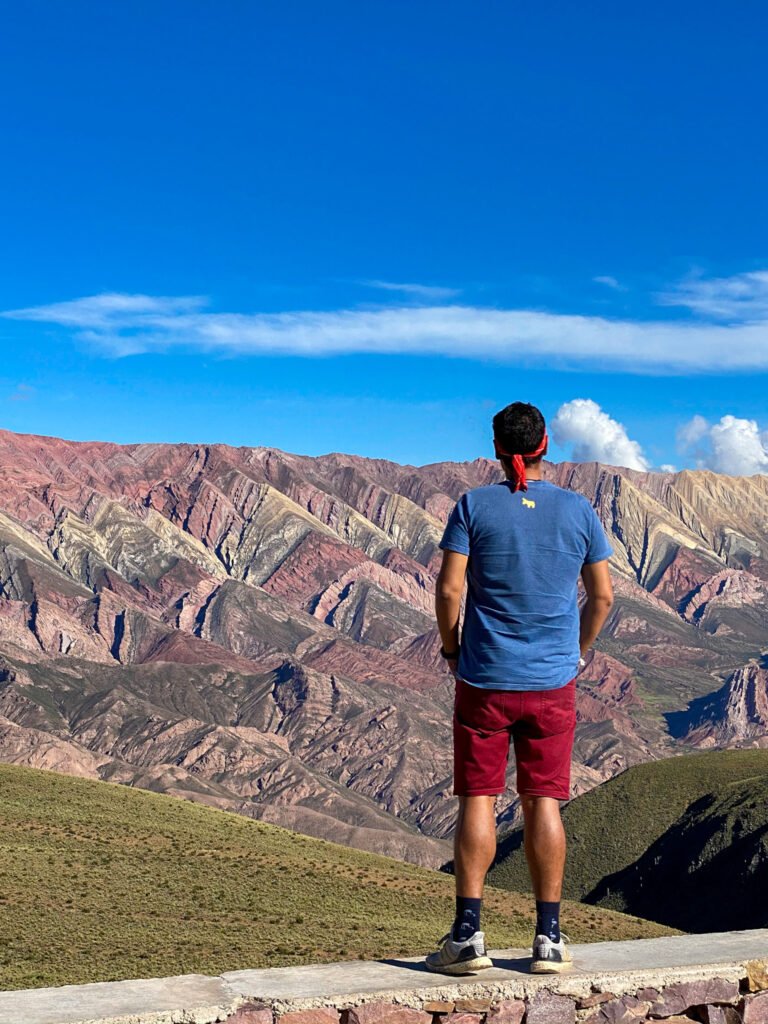
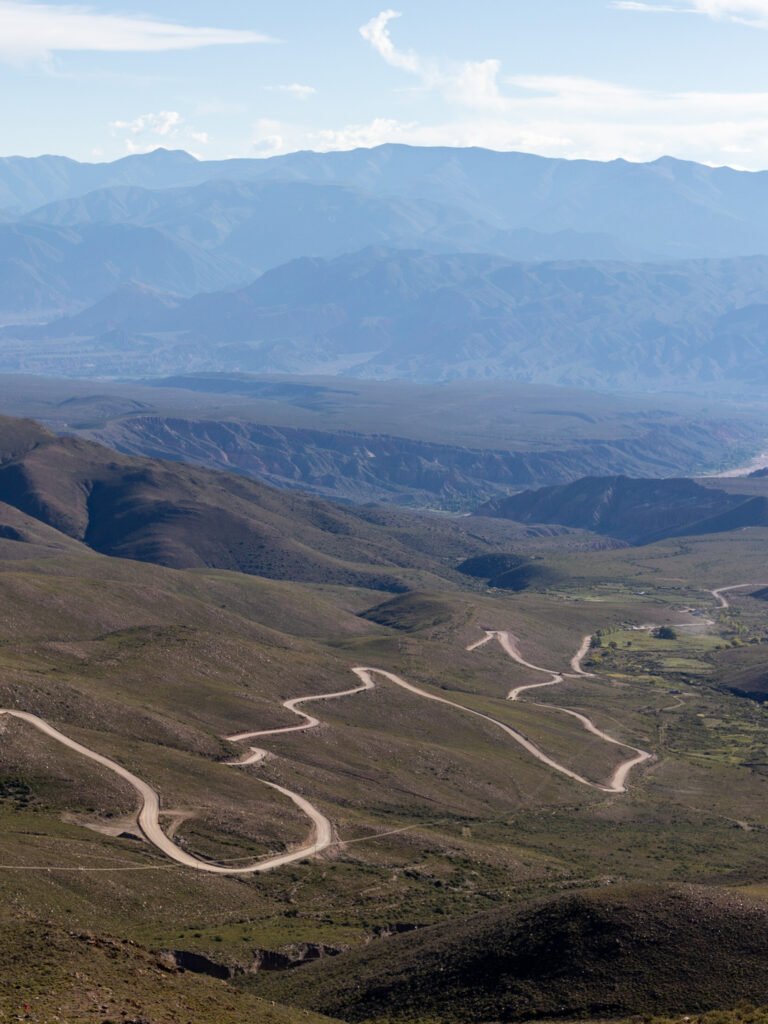
Later in the trip, when we headed toward Tilcara and Purmamarca via Ruta Nacional 9, we entered the legendary Quebrada de Humahuaca. The landscape starts to take on unreal colors, and suddenly, we found ourselves at the Mirador de las 14 Colores, with a view of Cerro Hornocal—a true mineral rainbow in the mountains.
Along the way, there were many more spots that left a mark on us: El Obelisco, Shells’ Ravine, Mirador Tres Cruces, the imposing Garganta del Diablo, The Amphitheatre, Tropic of Capricorn – Sundial, and of course, the vineyards of Cafayate, where we made a few stops for tastings. It’s a road where you experience every meter, not just pass through it.
Complete itinerary of our road trip in Argentina
Our trip lasted seven days, at a relaxed and well-paced rhythm. Ideally, you should set aside at least a week to do this route calmly, with time to stop whenever something catches your attention (and it will happen often).
Day 1: Salta → Cachi
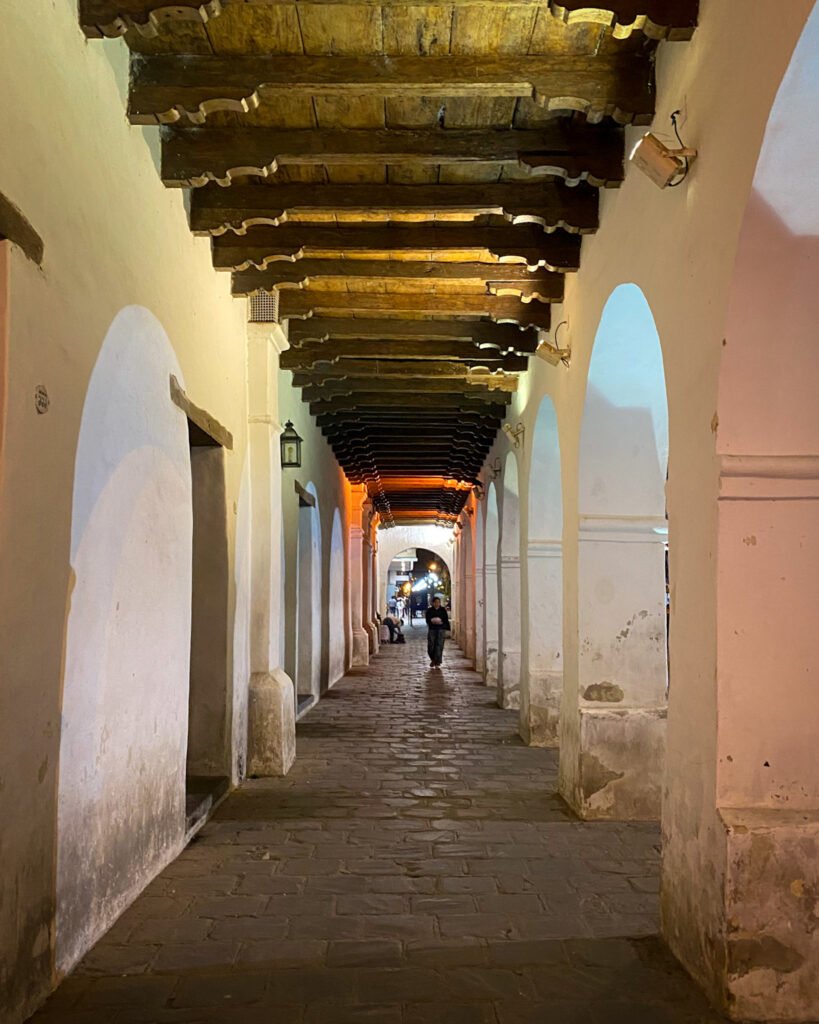
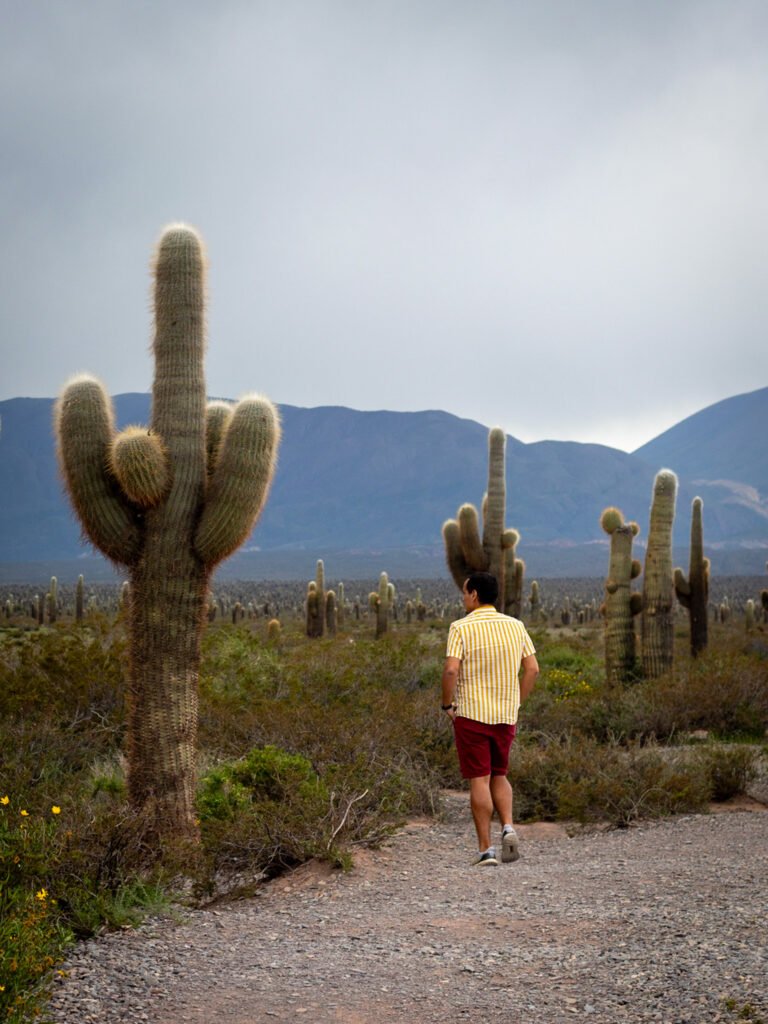
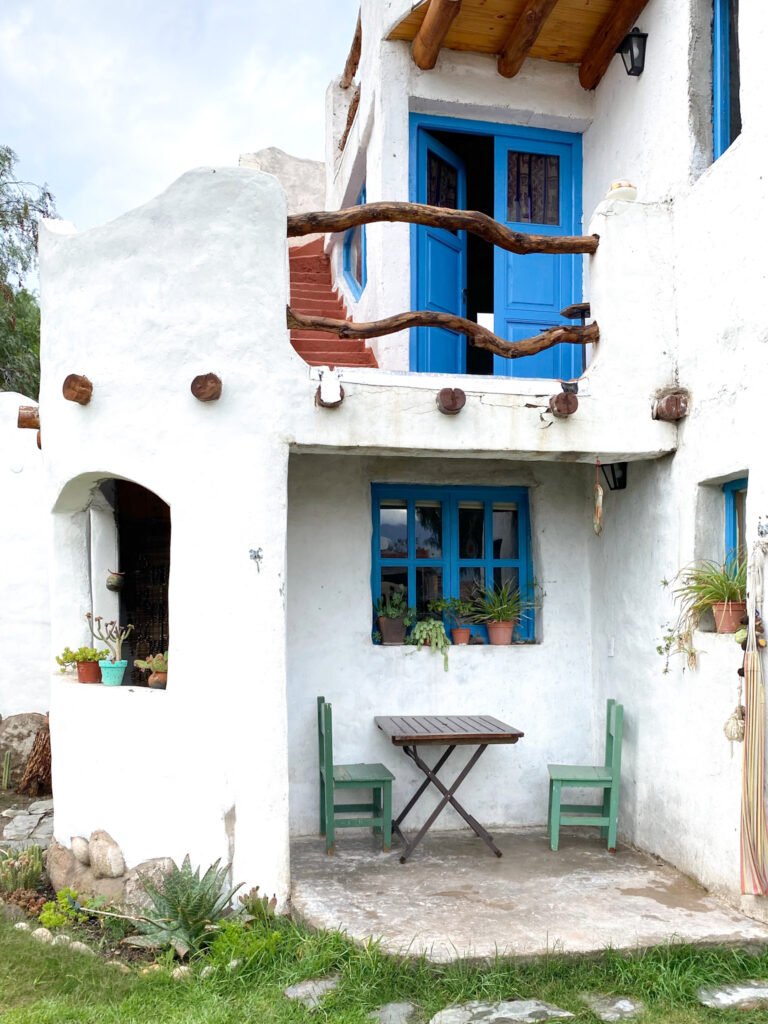
We left Salta early and climbed the Cuesta del Obispo, crossing Los Cardones National Park until we reached Cachi in the late afternoon. It was one of the days with the most striking landscapes of the trip.
Day 2: Cachi → Cafayate
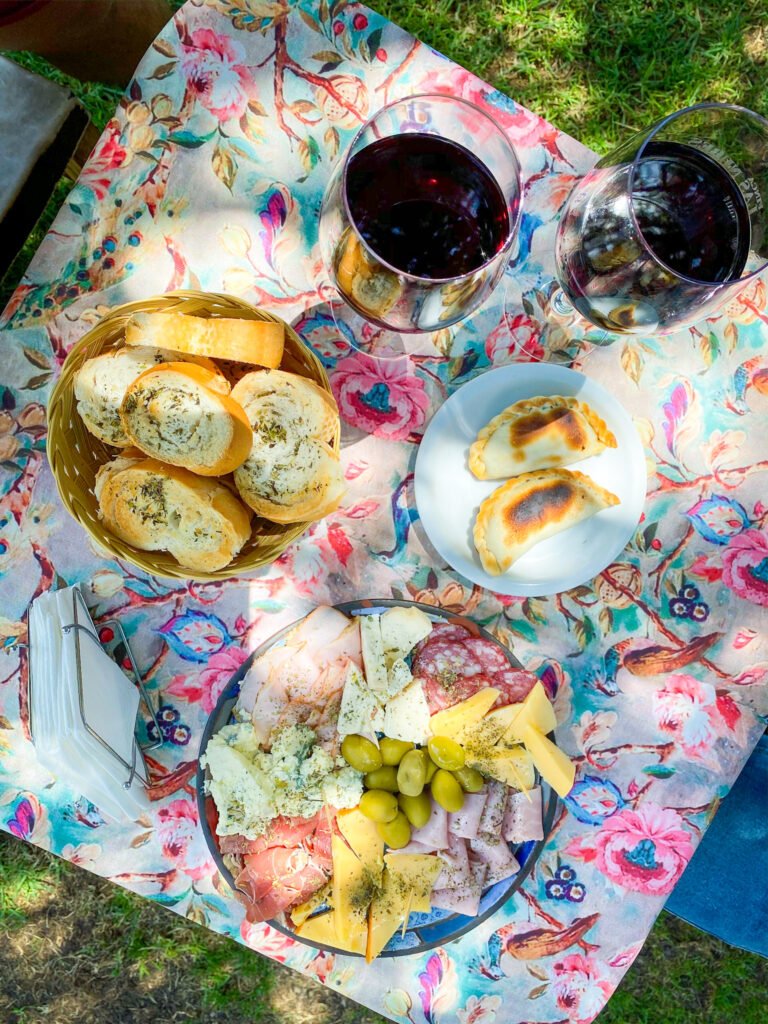
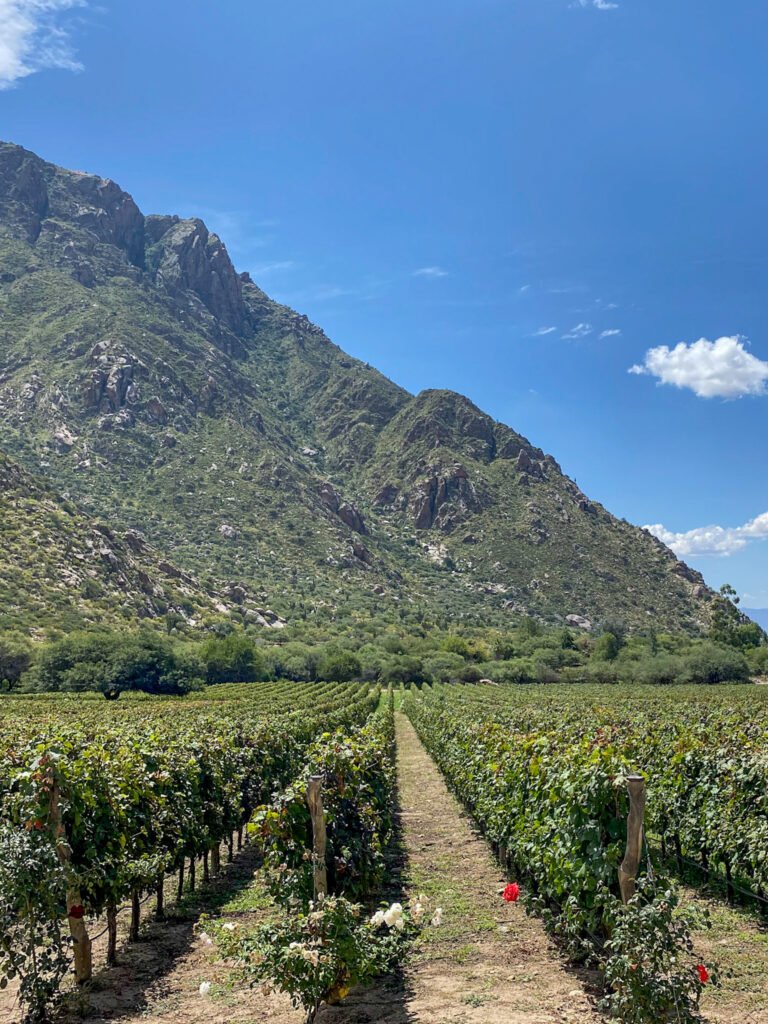
We followed Ruta 40 toward Cafayate, with a mandatory stop at Quebrada de las Flechas. We arrived in Cafayate by the end of the day and stayed two nights to enjoy it at a relaxed pace.
Days 3 and 4: Cafayate (2 nights)
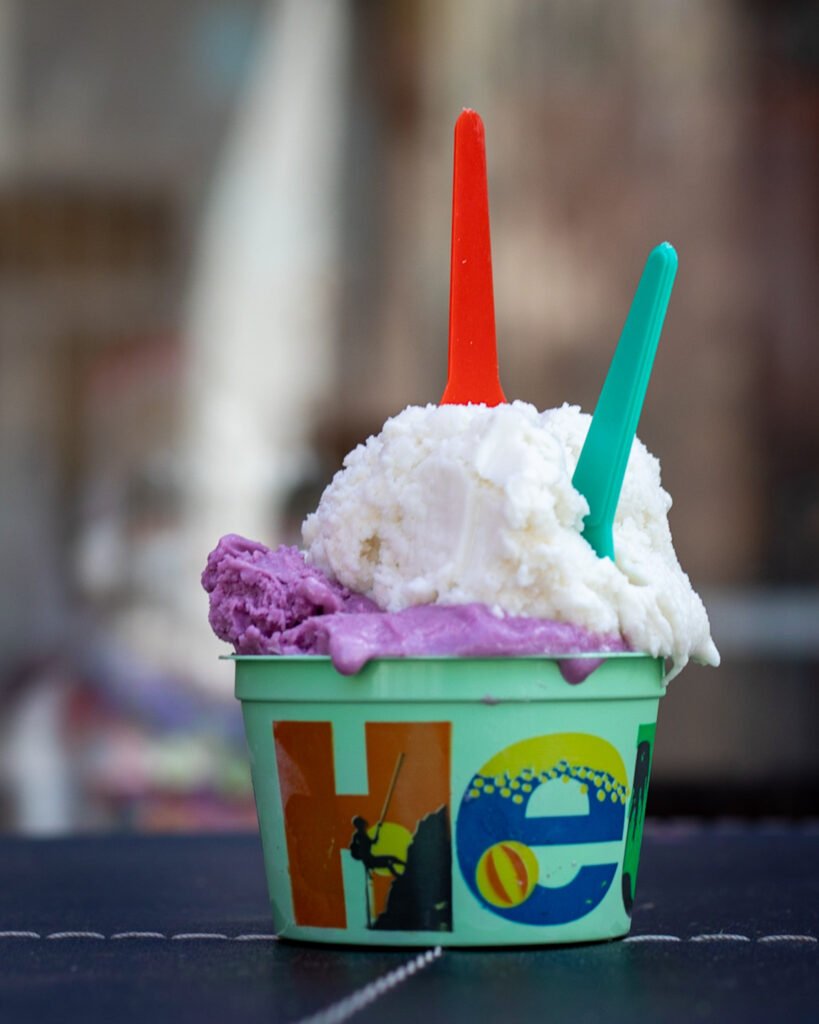
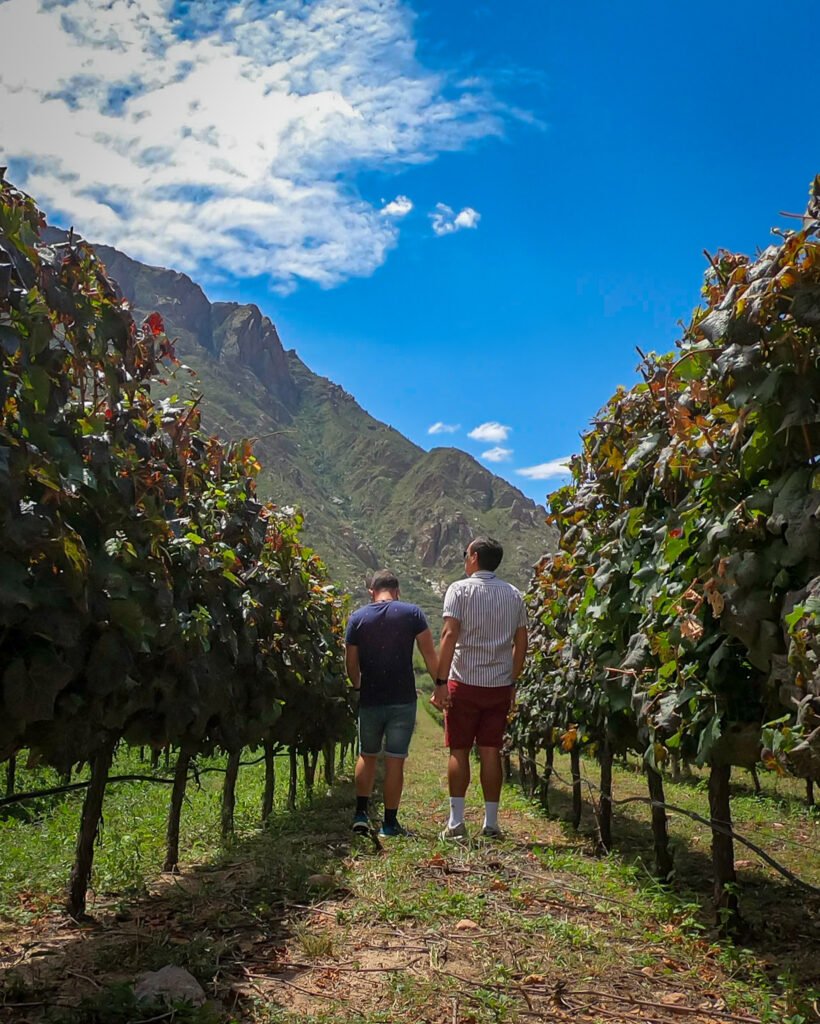
We visited wineries, hiked trails in the surrounding area, and relaxed. Cafayate is perfect for that—good food, good wine, and a peaceful atmosphere.
Day 5: Cafayate → Salta
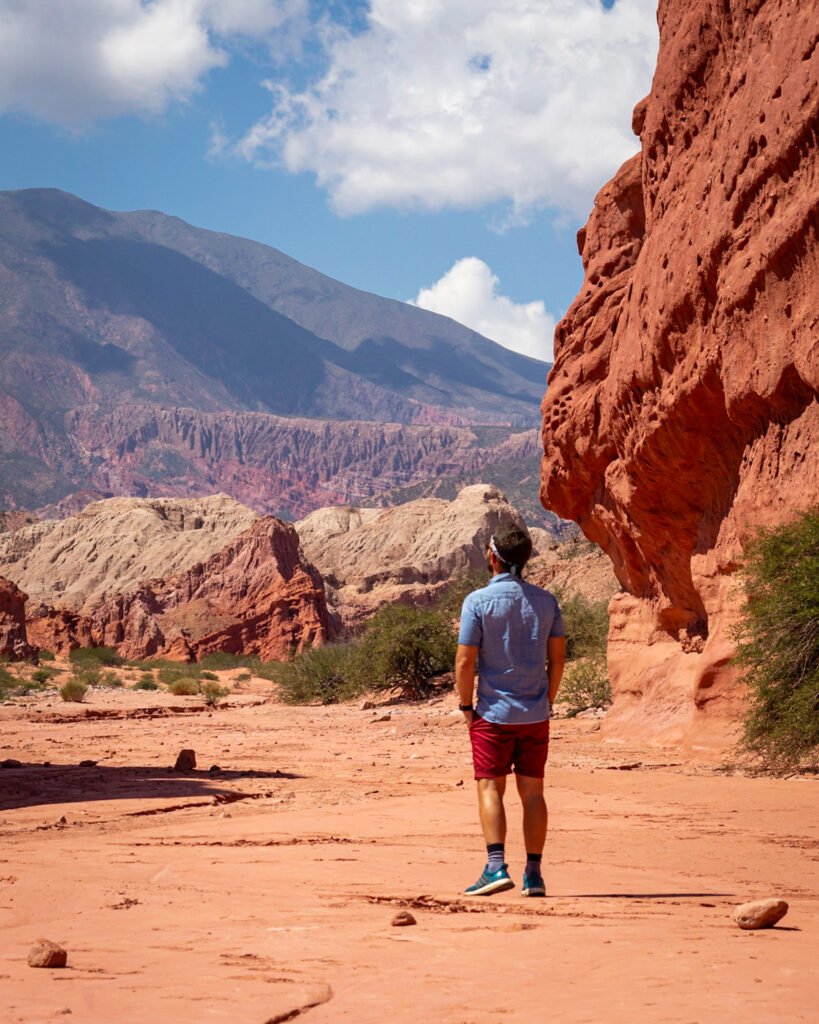
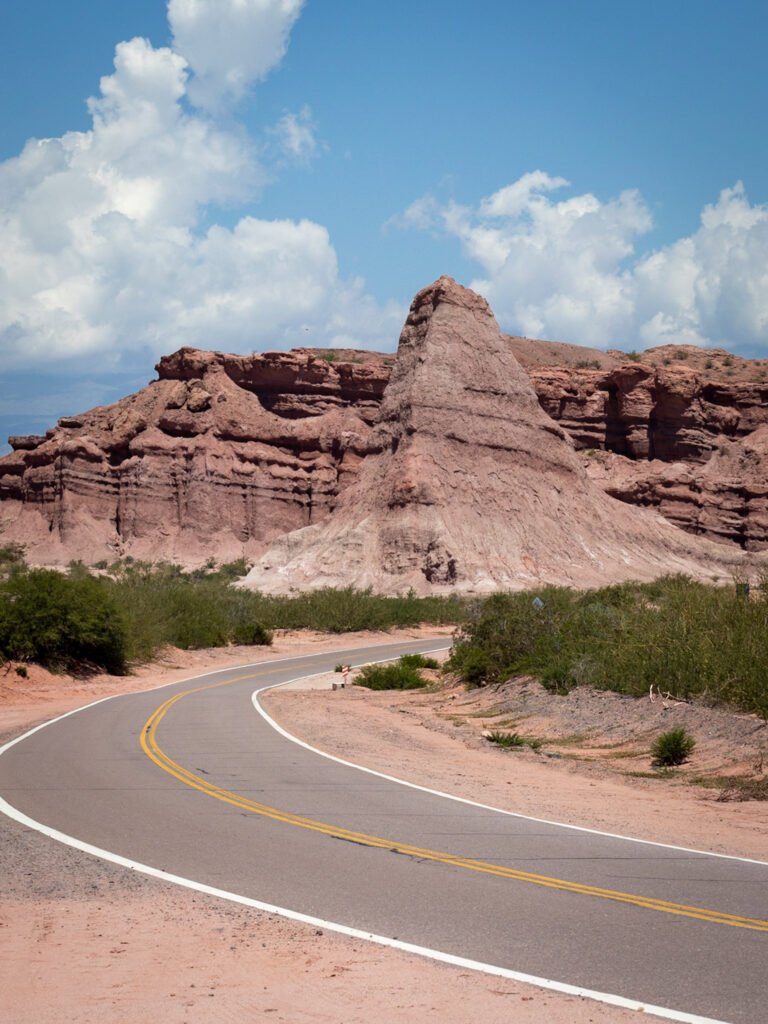
We returned to Salta to spend a night, recharge, and prepare for the second part of the road trip in Argentina.
Day 6: Salta → Tilcara
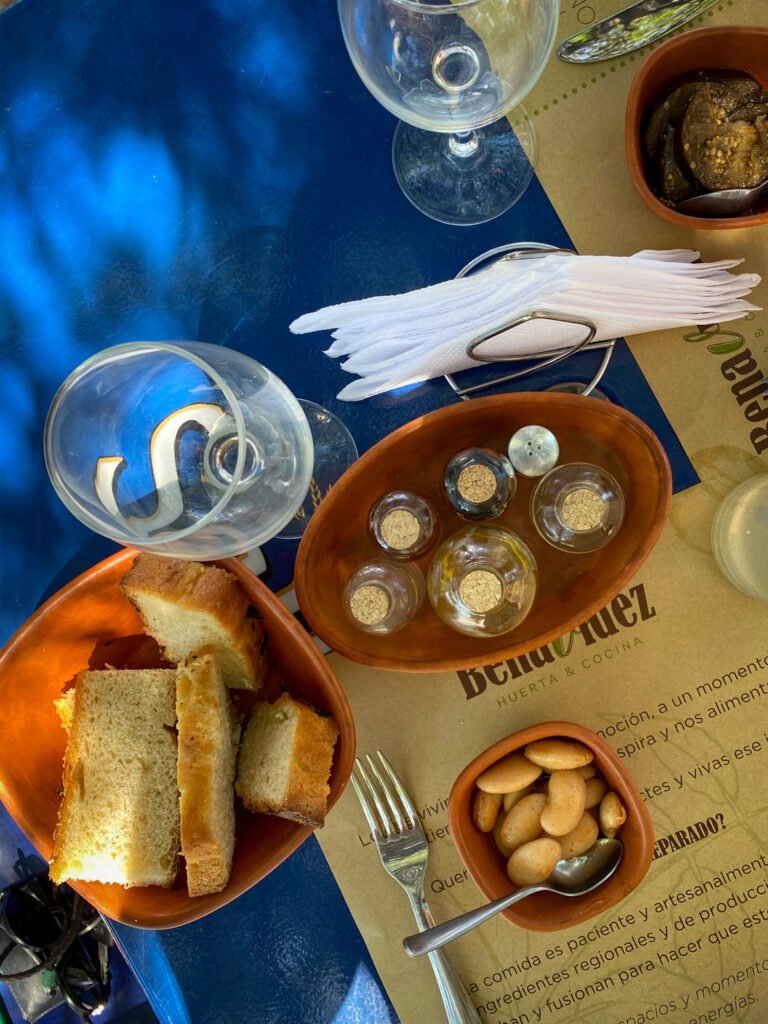
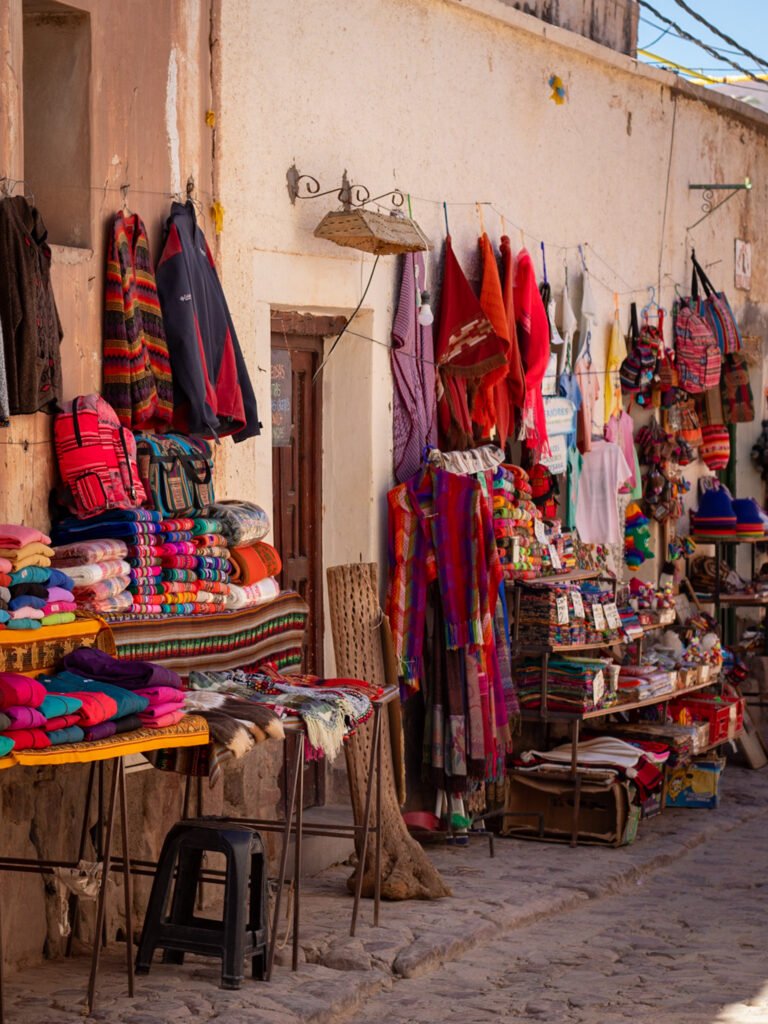
We headed north on Ruta 9 and entered the Quebrada de Humahuaca. Tilcara was our base for exploring the region.
Day 7: Tilcara → Purmamarca → Salta
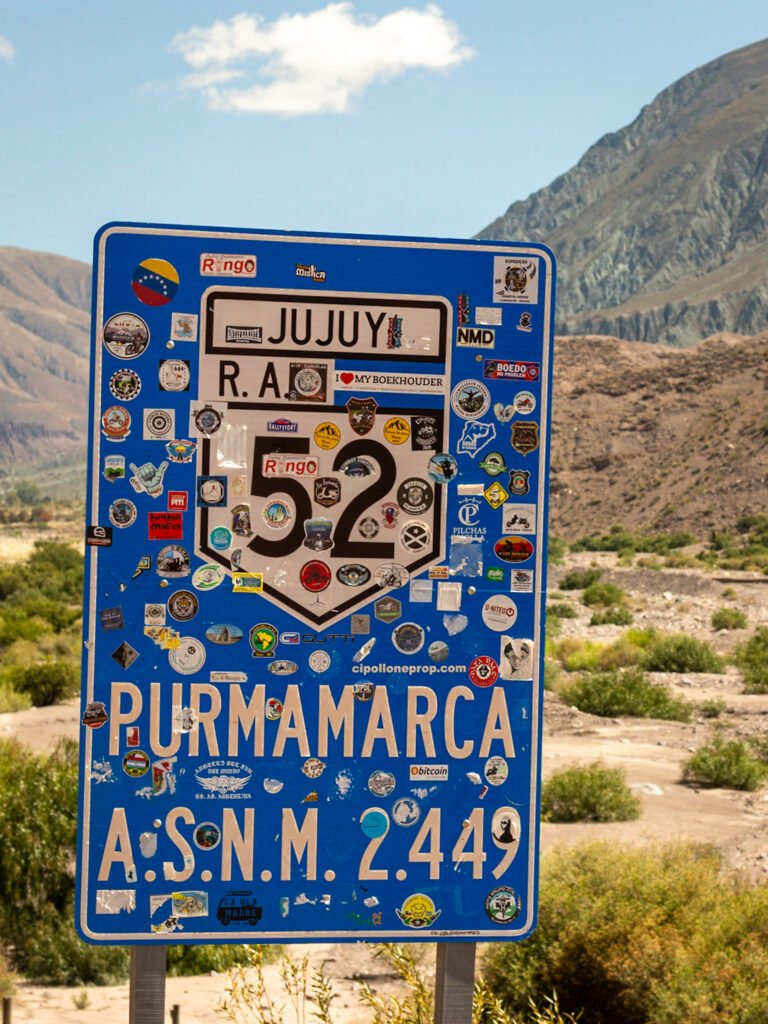
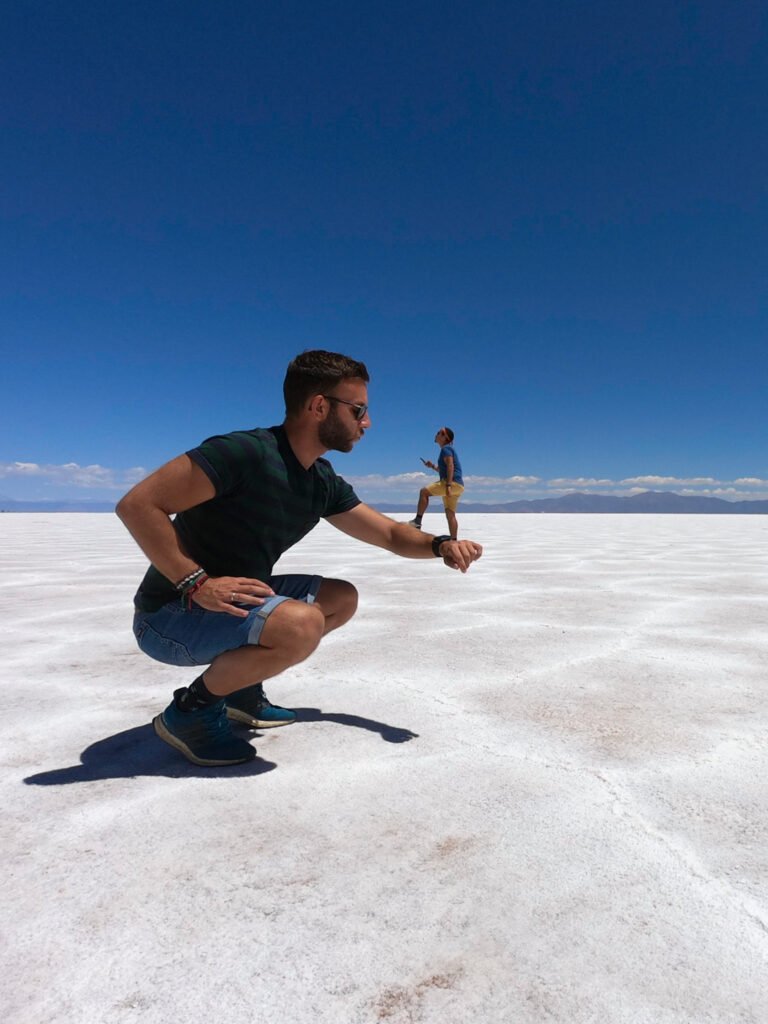
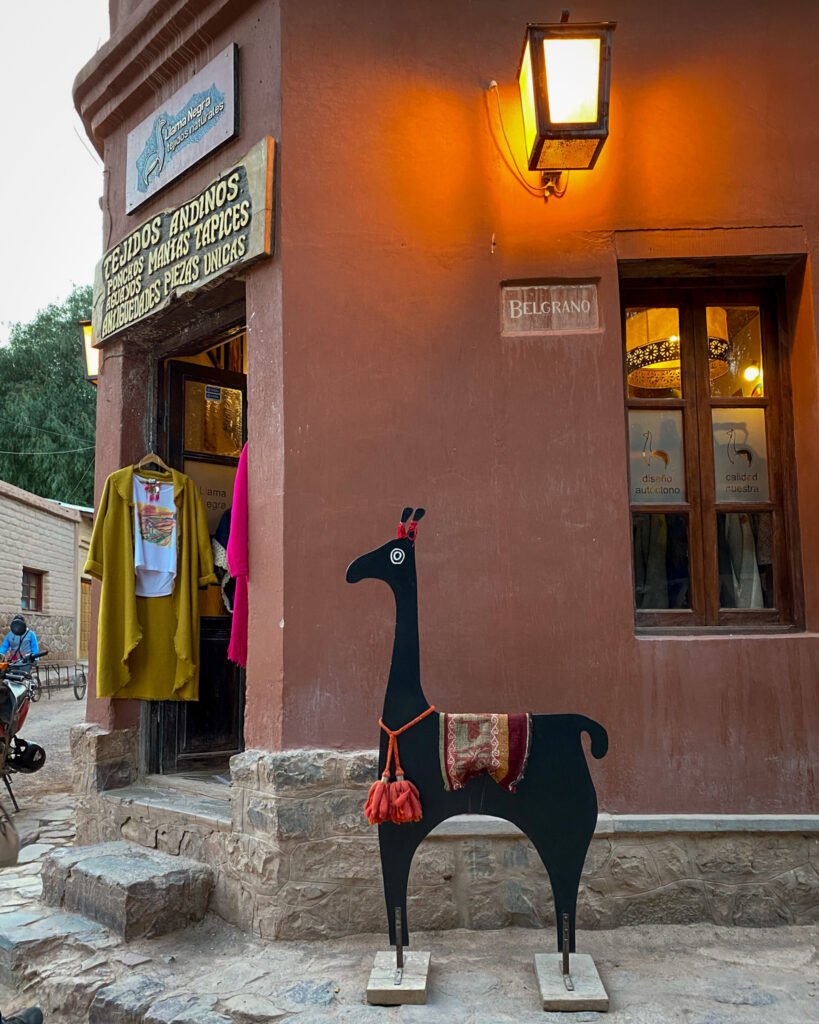
We visited Purmamarca, the Cerro de los 7 Colores, and even made a quick stop at Salinas Grandes. Then, we drove back to Salta, where we ended this great loop around northern Argentina.
Where to stay in each location
Throughout the trip, we chose simple, centrally located accommodations with good reviews. The idea was always the same: sleep well, be close to everything, and avoid driving after dinner. Here are the places we stayed—and which we recommend.
- Salta: We started and ended the trip here, staying at Posada Casa de Borgoña upon arrival and at Wilson Hotel on the way back. Both are well located, clean, and with good breakfast.
- Cachi: We stayed at CasaPuebloCachi, a charming guesthouse with a calm atmosphere and mountain views. Ideal for resting after the long climb.
- Cafayate: We spent two nights at Algarroba, a simple but cozy lodging, very close to the center and perfect for exploring the town on foot.
- Tilcara: We stayed at Villa del Cielo, with mountain views and plenty of space around. It was one of the most peaceful nights of the entire trip.
- Purmamarca: We chose Mirador Del Virrey, Cabañas Boutique, with private cabins and a direct view of Cerro de los 7 Colores. A true natural luxury.
Practical tips for a stress-free road trip in Argentina
One of the best decisions we made was renting a car in Argentina. It gave us total freedom, allowed us to stop wherever we wanted, and explore places that otherwise wouldn’t be accessible. And the truth is, we didn’t need a special car—we went with the most economical option from the rental company through Discovercars, and everything went well. Even on dirt roads, the car performed perfectly. We heard some people say that small cars “can’t handle the altitude” and that the engine fails because of combustion issues. Well, we did see some cars stopped on the side of the road… but ours kept going without any drama.
If you’re thinking of doing the same, here are some useful tips:
- Apps and offline maps: There isn’t always mobile service, especially in remote areas between Cachi and Cafayate or in Quebrada de Humahuaca. We used Maps.me with downloaded maps, and it worked flawlessly. We also had everything written down in a notebook, just in case.
- Fuel: Plan carefully. There are long stretches without gas stations—for example, between Cachi and Cafayate—so don’t let the tank get too low. Whenever we saw a station, we refueled.
- Cash: In many towns, cash payment is the norm. We carried enough Argentine pesos, but even so, we had to withdraw more in Salta. We also recommend checking if your card works in local ATMs.
- Internet: We recommend a Holafly eSIM, which has coverage most of the time, except in very isolated areas. Not having internet in certain places wasn’t a problem, but it’s good to know you won’t always be connected.
- Travel insurance: For a trip as intense and full of contrasts as Argentina, it’s best to be prepared. We always use Heymondo, which provides 24/7 support and covers everything from medical emergencies to flight delays.
- Altitude and health: As mentioned earlier, there are parts of the trip above 3,000 meters. If you have health issues or doubts about how your body reacts to altitude, consult your doctor before traveling. We didn’t take specific medication, but we took it easy, drank plenty of water, and avoided exertion at higher elevations. Your body will thank you.
- Weather: It gets hot during the day, but it can cool down a lot at night, especially in high-altitude areas. Bring light clothing, but also a jacket and warm clothes for sleeping.
This road trip in Argentina was one of the best experiences of our trip around the world. Northern Argentina is authentic, visually stunning, and culturally rich. We drove kilometers and kilometers in absolute silence, stopped to watch the sunset alone in the middle of valleys, and ate some of the best empanadas of the trip. The region surprised us with its beauty and the way it made us slow down. It’s not a destination for crowds, nor is it full of tourist infrastructure—and that’s precisely what makes it so special.
If you’re thinking of taking this road trip in Argentina, we only have one thing to say: go. Take your time, go calmly, and keep your eyes wide open. You’ll come back with memories that will stay with you forever.
